THE CONTINENTAL DRIFT THEORY
This is the theory about the origin of continents and oceans. The theory was proposed by a German meteorologist Called Alfred Wagener who was born in 1880 and die in 1930. Alfred Wegener was German geophysicist a Professor of meteorology
and geophysics at the University of Marburg he Studied fossils on different continents.
The continental drift theory states that; the present day continents have moved slowly to their current locations. In geological time scale and they have split away from a single super continent called PANGEA which means all lands.
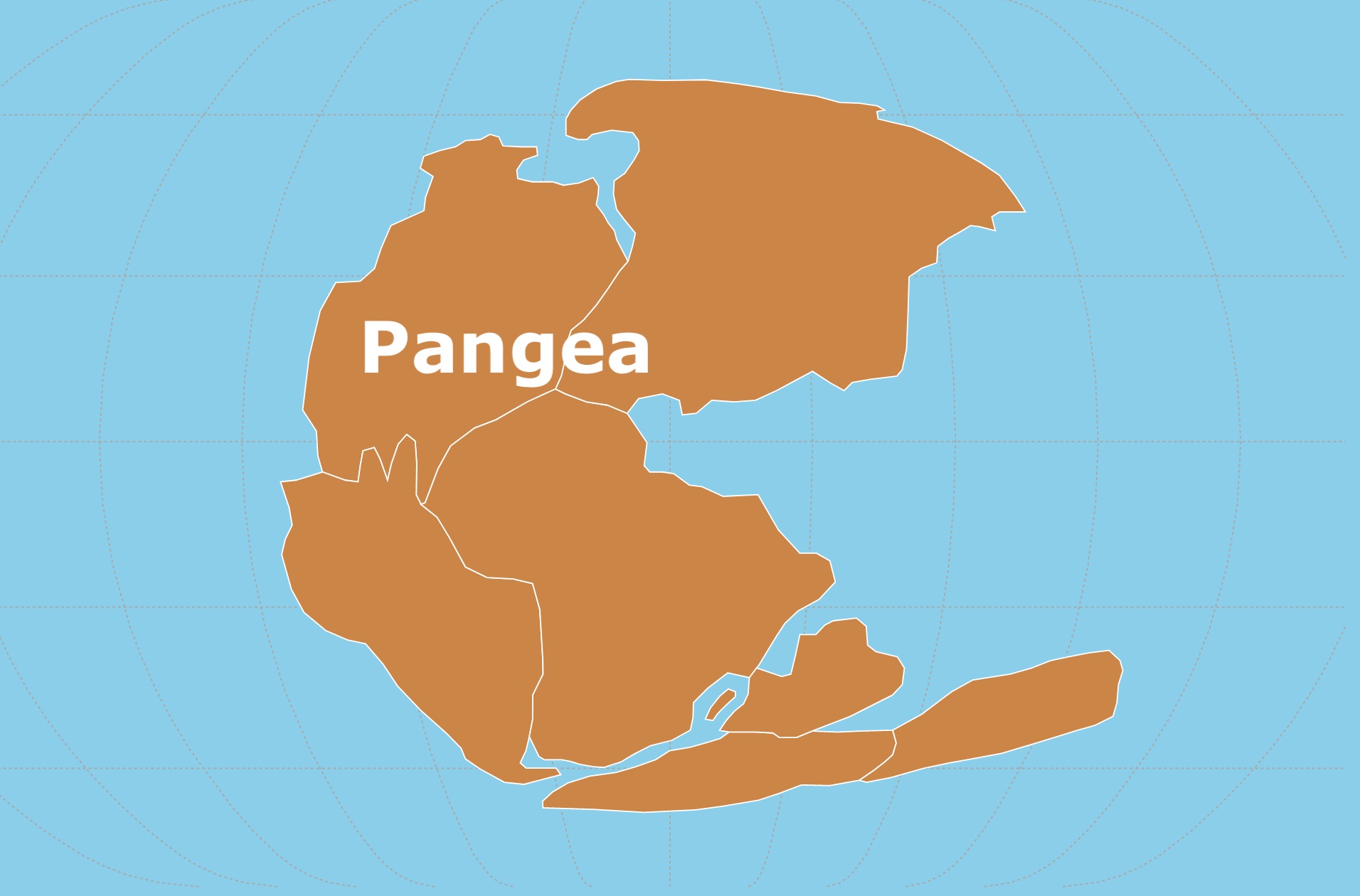
This theory was provided in 1912, according to Wagener 300 million years ago the earth was united into one large land mass called PANGEA; the Pangea was surrounded by the ocean called PANTHALASA which means all oceans.
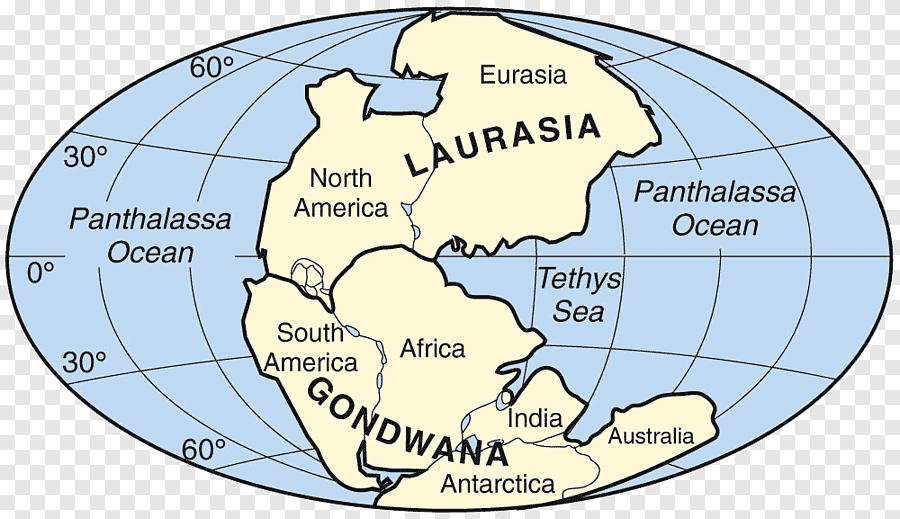
About 150million later on the giant continent (Pangea)
broke up to form two large continents, the Northern continent named LAURASIA and southern continent named GONDWANALAND. Hence this two large continent separated by the narrow sea called TETHYS which later on Mediterranean sea.
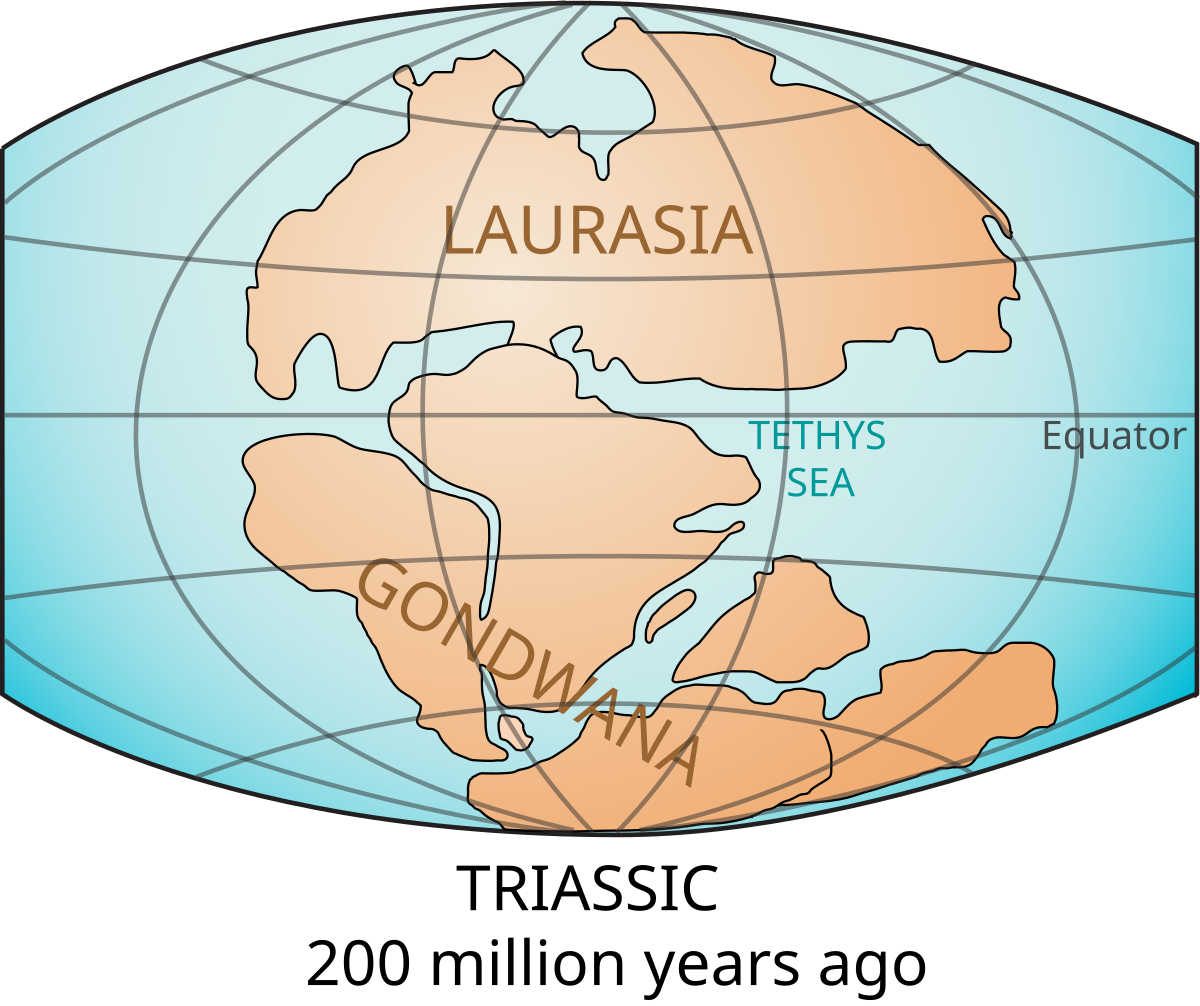
Then about 100 million years ago both LAURASIA and GONDWANALAND brock up and forms different continent example LAURASIA forms Asia, North America, Europe and Greenland, Arctic while GONDWANALAND forms continent like Africa, South America, Australia, Antarctica.
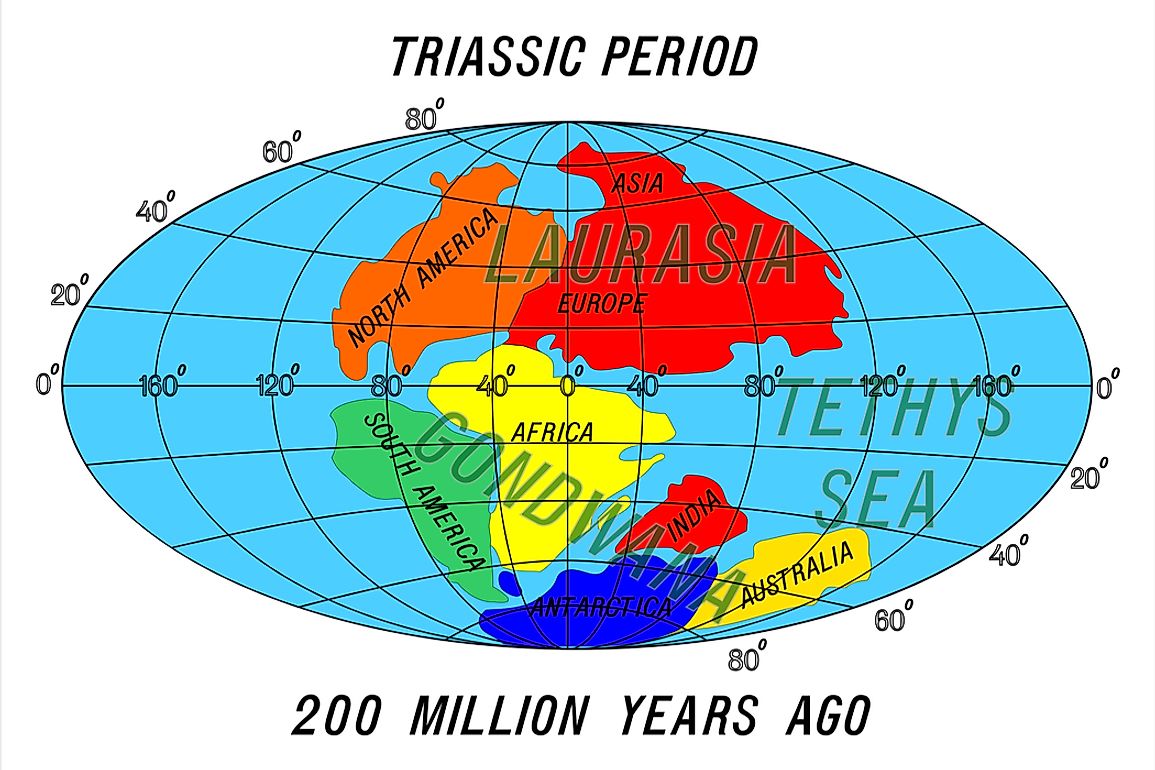
So drifting mechanism was a continuous process.
Therefore today's continents and oceans where the results of drifting happen millions years ago.
Nowadays our world can be like that
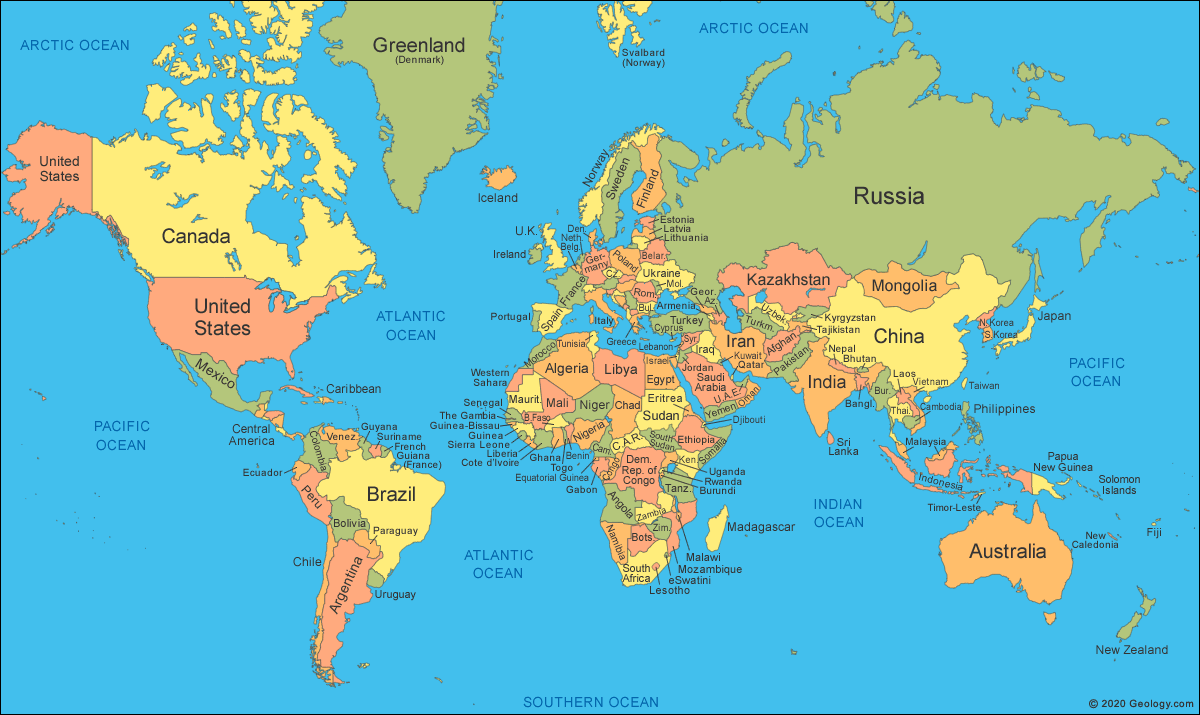
The great supportive evidence of the theory "The throughly Jig saw fit"which was long time noticed buy Francis Bacon early 1620s.Sir Francis Bacon saw continent as a piece of puzzle not the remarkable similarity of the South America and Africa shoreline on a map
THE EVIDANCES/CLUES SUPPORT CONTINENTAL
DRIFT THEORY
● The roughly jig saw fit: The South America can be dragged and
rotated (rotating is tricky by touch) so you can try to see how well
it joins with Africa. Simple example the western coast of Africa
and eastern coast of South America can be fitted together, but also
western coast of Europe and the eastern coast of North America.
Biological evidence: The fossils of the same species were found
in South America and South Africa. It is not possible for these
organisms to travel over the vast water bodies of present day. The
only way to explain it was that these two pieces of land were once
connected. For example plants like glossopteris, misasouras,
lestrosauras etc.
● Rock types / structures similarity (Geological evidence):
Sequence of sedimentary and igneous rocks from the Appalachian Mountains of North America match the Caledonian Mountains of Scotland. Another example is Ancient Shield Mountains can be traced from East Brazil to West Africa. Also mountain ranges inBrazil extend to near the seashore and stop. Similar mountainranges begin at the corresponding seashore in Ghana in Africa. All of these mountain ranges appear to have the same age and to be
formed of the same kinds of rock. The rock strata in these and other mountain ranges would match perfectly if the coastlines of the two continents were lined up.
● Paleoclimatic evidence: this is evidence based on the past climate of continents. Example Glacial striations in Brazil match those in West Africa. But also glacial deposits in India, South America and the Vaal Valley in South Africa are similar.
CRITISM/WEAKNESS/SKEPTICISM OF CONTINENTAL
DEIFT THEORY
● Most of its evidence depend on America and Africa few from other continent
● Biological evidence of plants similarity can be due pollination.
● Alfred Wagener did not explain what forces drives the landmass.
● Scientist discover that jig saw fit is not well fit to many continents
● Wagener was meteorologist and not geologist, so how he could explain about the landmass.
● Wagener failed to explain the development of glaciers on hot arid Australia.
● Wagener failed to explain the whole mechanism on how the solid landmasses move through the solid oceanic floor (Sima). Wegener thought that the continents were moving through the earth's crust,
like icebreakers plowing through ice sheets, and those centrifugal and tidal forces were responsible for moving the continents.
Opponents of continental drift noted that plowing through oceanic crust would distort continents beyond recognition, and that
centrifugal and tidal forces were far too weak to move continents one scientist calculated that a tidal force strong enough to move continents would cause the Earth to stop rotating in less than one year.
CONSEQUENCES/EFFECT OF CONTINENTAL DRIFT
● Formation of fold mountains eg. Himalaya
● Formation of rift valley eg East Africa rift valley
● Formation of oceanic ridges e.g. Atlantic oceanic ridges.
● Formation of continents. E.g. Africa, Asia and Europe
● Formation of oceans eg. Pacific, Atlantic and Indian Ocean
● Formation of oceanic trench eg. Mariana trench, Peru trench etc
● Its associate climatic changes eg in Greenland
● Formations f sea eg Mediterranean sea.
● Occurrence of earthquakes, volcanic eruption and fault.
THE SIGNIFICANT OF CONTINENTAL DRIFT THEORY
TO LIFE ON THE EARTH
● Formations of oceans.
● Formations of continent
● It Describes about past animals and plants across different
continents
● It describes about how climate changes on the different parts of the
earth.
● It helps Understanding on the formation of different features on the
earth and oceans.
● It improves geographical education through researches which led
new theories eg. Plate tectonic theory
● Explains on rocks types and rock similarities across various continent.




0 Comments: